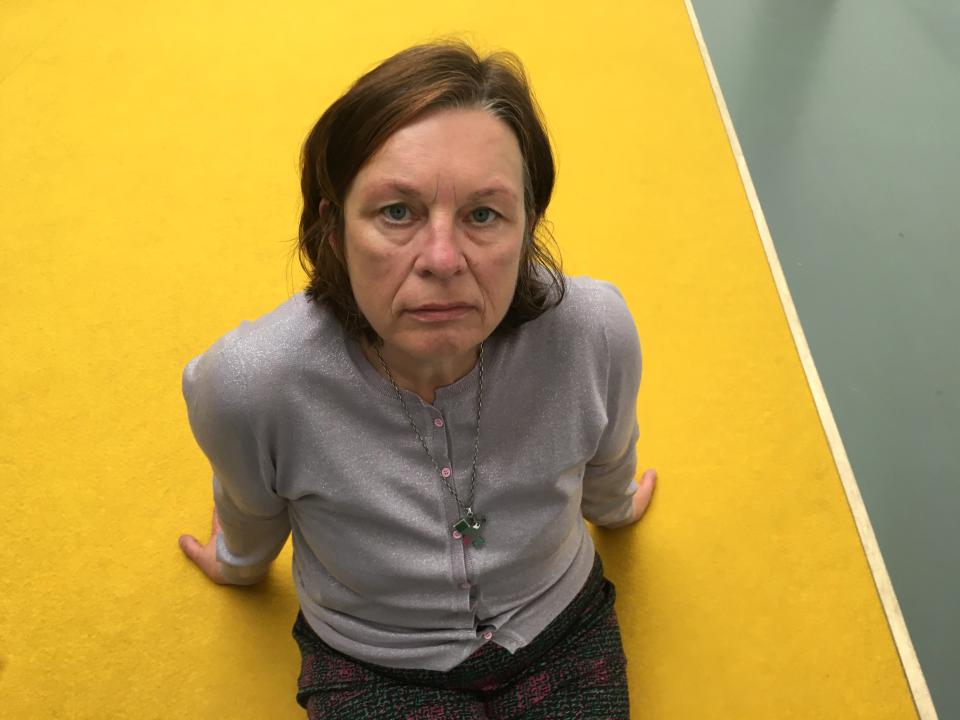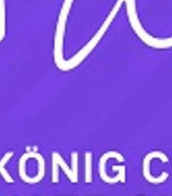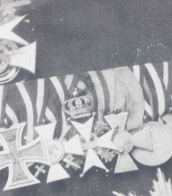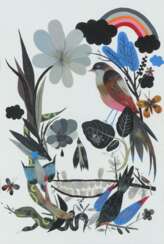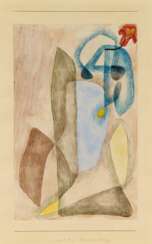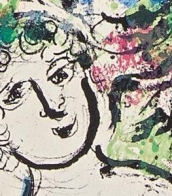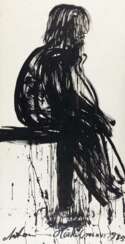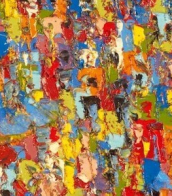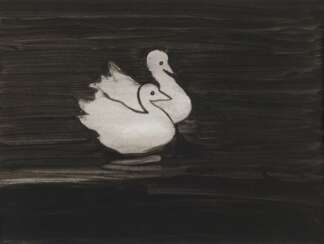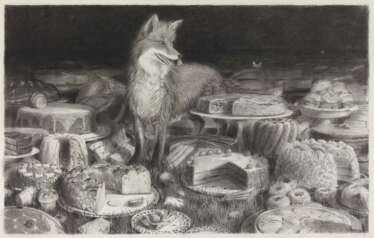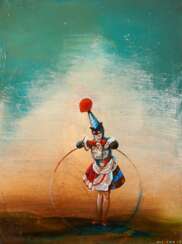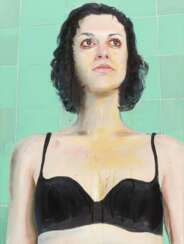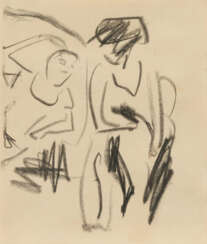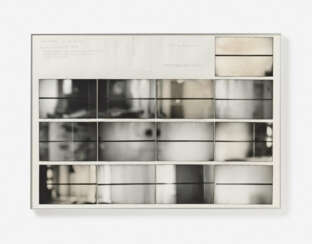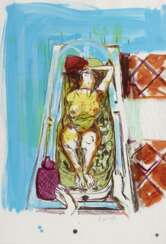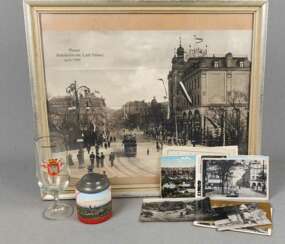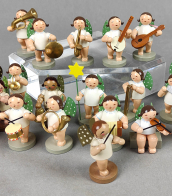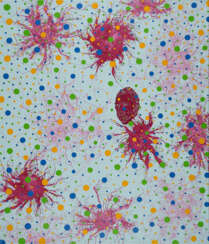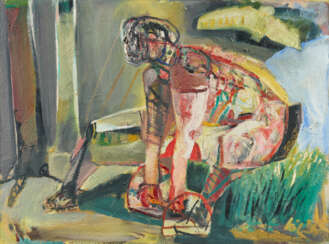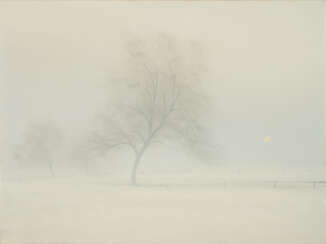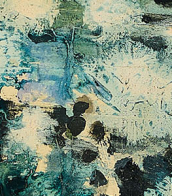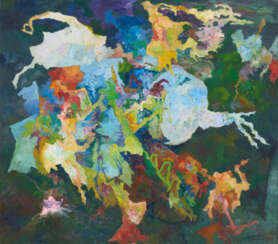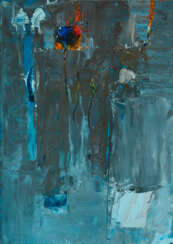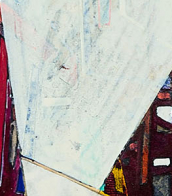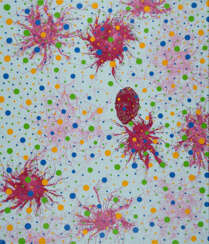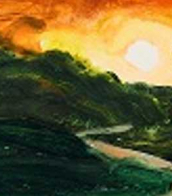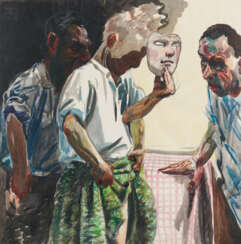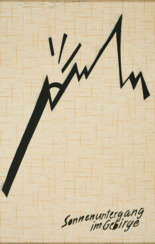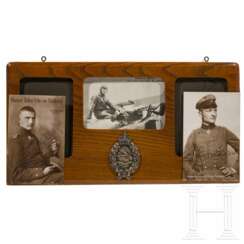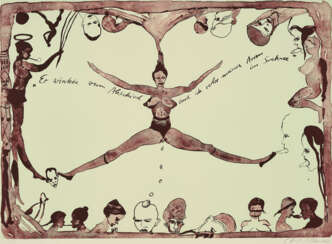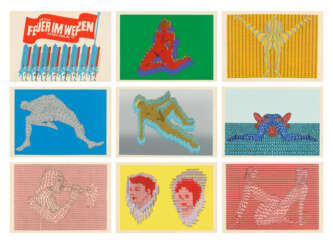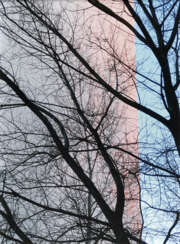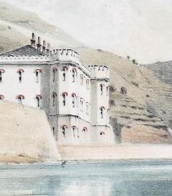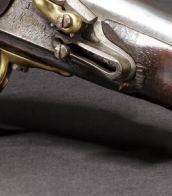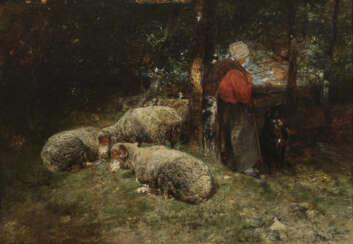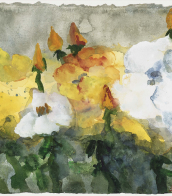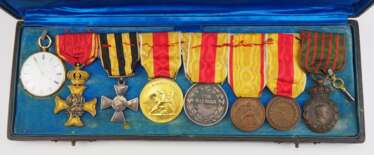rahmen. im rahmen beschrieben

Ernst Ludwig Kirchner was a pivotal figure in the art world, known for his profound impact on 20th-century Expressionism. Born in Bavaria, Germany, on May 6, 1880, Kirchner's journey into art began with architecture studies before he found his true calling in painting and printmaking. In 1905, alongside fellow architecture students, he co-founded Die Brücke ("The Bridge"), a group that sought to revolutionize art by bridging the gap between traditional academic styles and modern artistic expression. This group was instrumental in the development of Expressionism, advocating for intense emotion conveyed through vivid colors and bold lines.
Kirchner's work, characterized by its expressive intensity and often exploring themes of urban life and the human psyche, reflects a deep engagement with the cultural and social upheavals of his time. Notably, his experiences during World War I, including a mental breakdown and subsequent discharge from military service, deeply influenced his art. Works like "Self-Portrait as a Soldier" (1915) poignantly encapsulate the personal and societal trauma of the era.
After the war, Kirchner sought solace in Davos, Switzerland, where the tranquil landscapes inspired a new direction in his work, showcasing a more serene and reflective approach. Despite his contributions to modern art, Kirchner's later years were marred by the Nazi regime's denunciation of his work as "degenerate," leading to the destruction and dispersal of many pieces. Tragically, this persecution contributed to his decision to end his life on June 15, 1938.
Kirchner's legacy is preserved through his influential body of work, from vivid urban scenes to tranquil landscapes, all marked by a distinctive, expressive style that continues to captivate art collectors and experts. His works are held in major museums worldwide, including the Museum of Modern Art in New York and the National Gallery of Art in Washington, underscoring his enduring influence on the art world.
For those interested in the profound impact of Ernst Ludwig Kirchner on modern art and Expressionism, subscribing to updates on new product sales and auction events related to his work can provide valuable insights. This subscription is an opportunity for collectors and art experts to stay informed about the availability of Kirchner's influential pieces and related events.

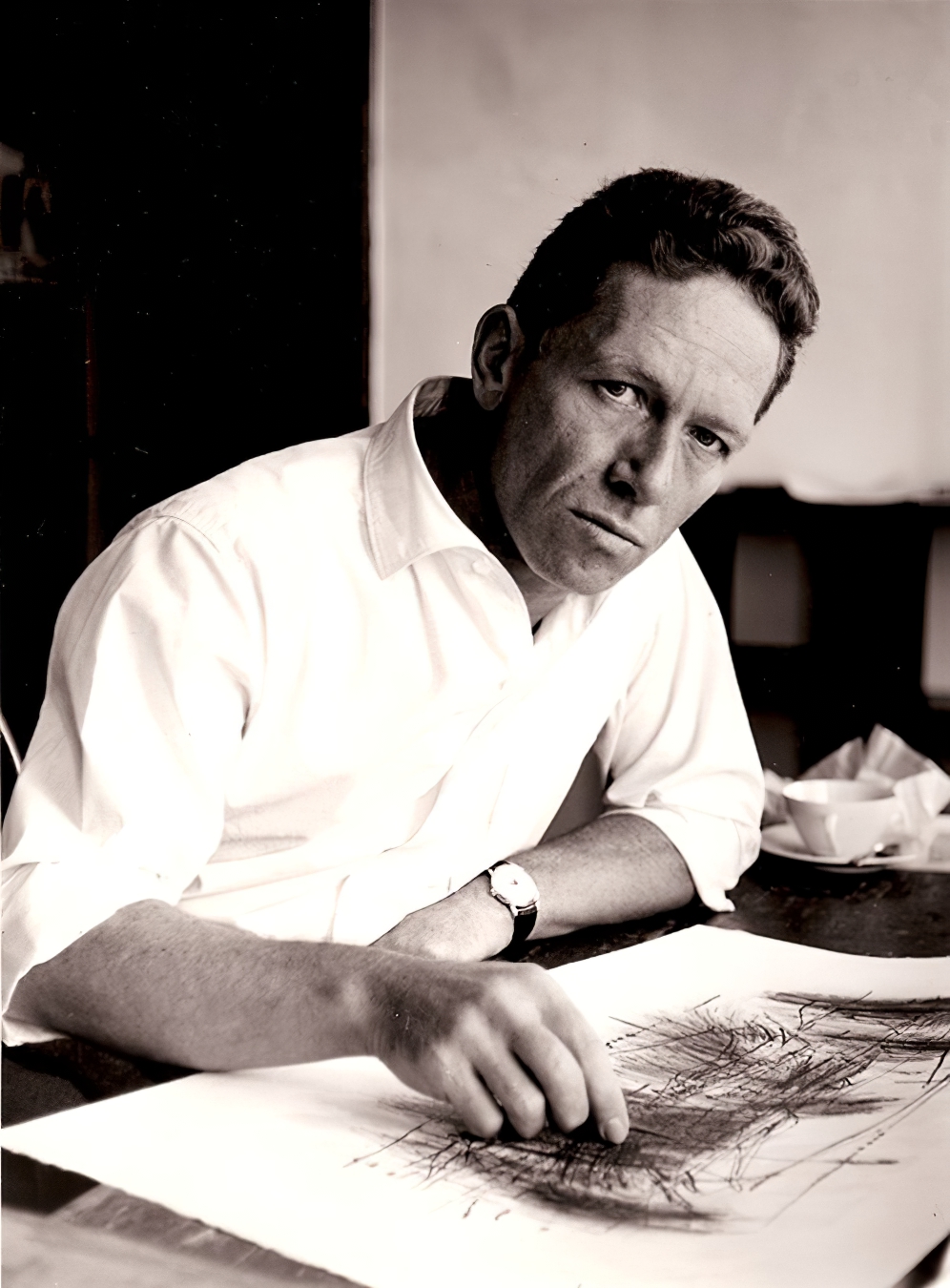
Heinz Trökes was a German painter, printmaker and art teacher.
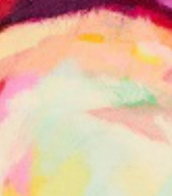
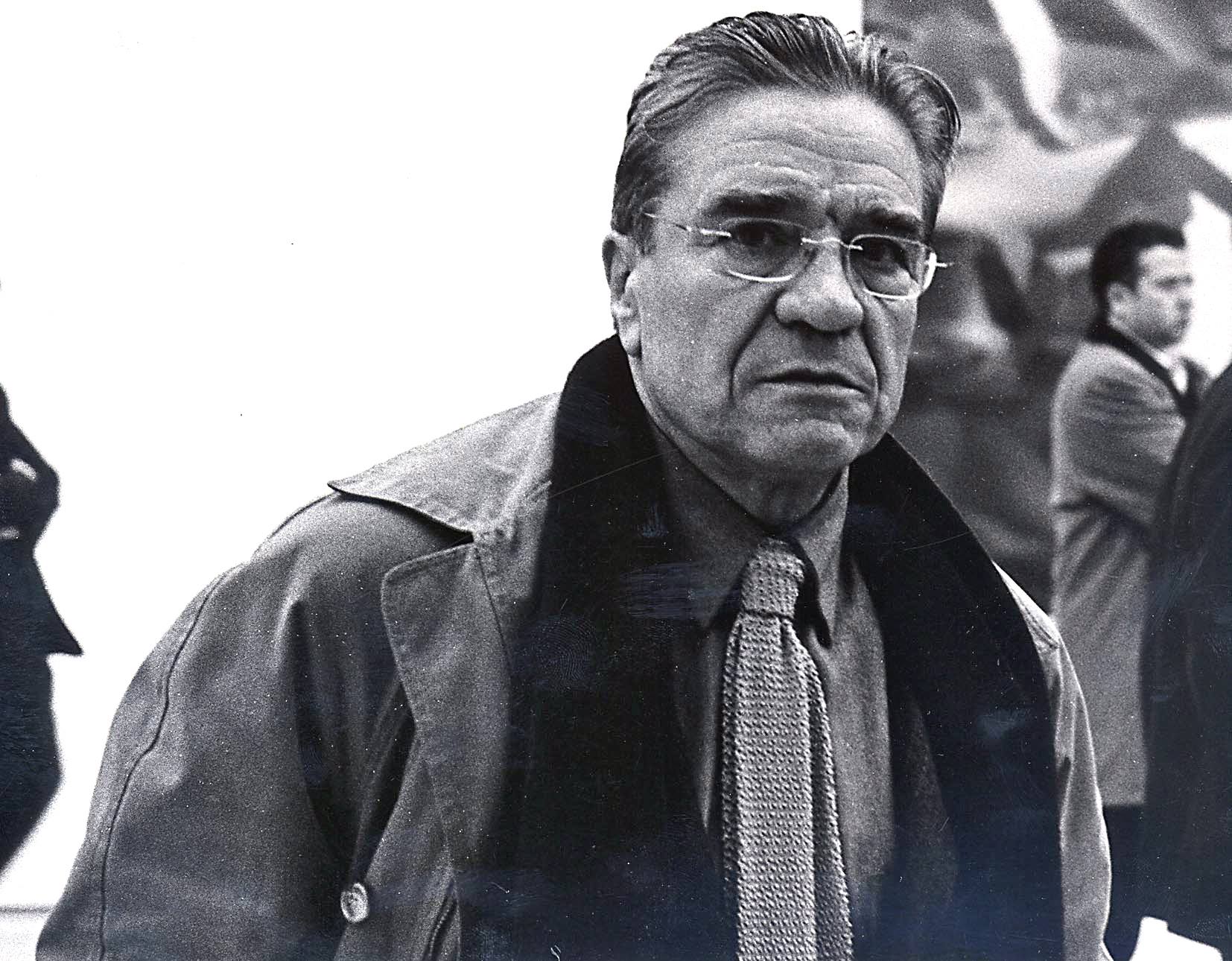
Norbert Tadeusz was a German artist and well-known representational painter of the present day.
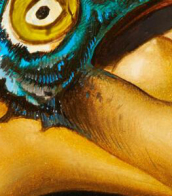
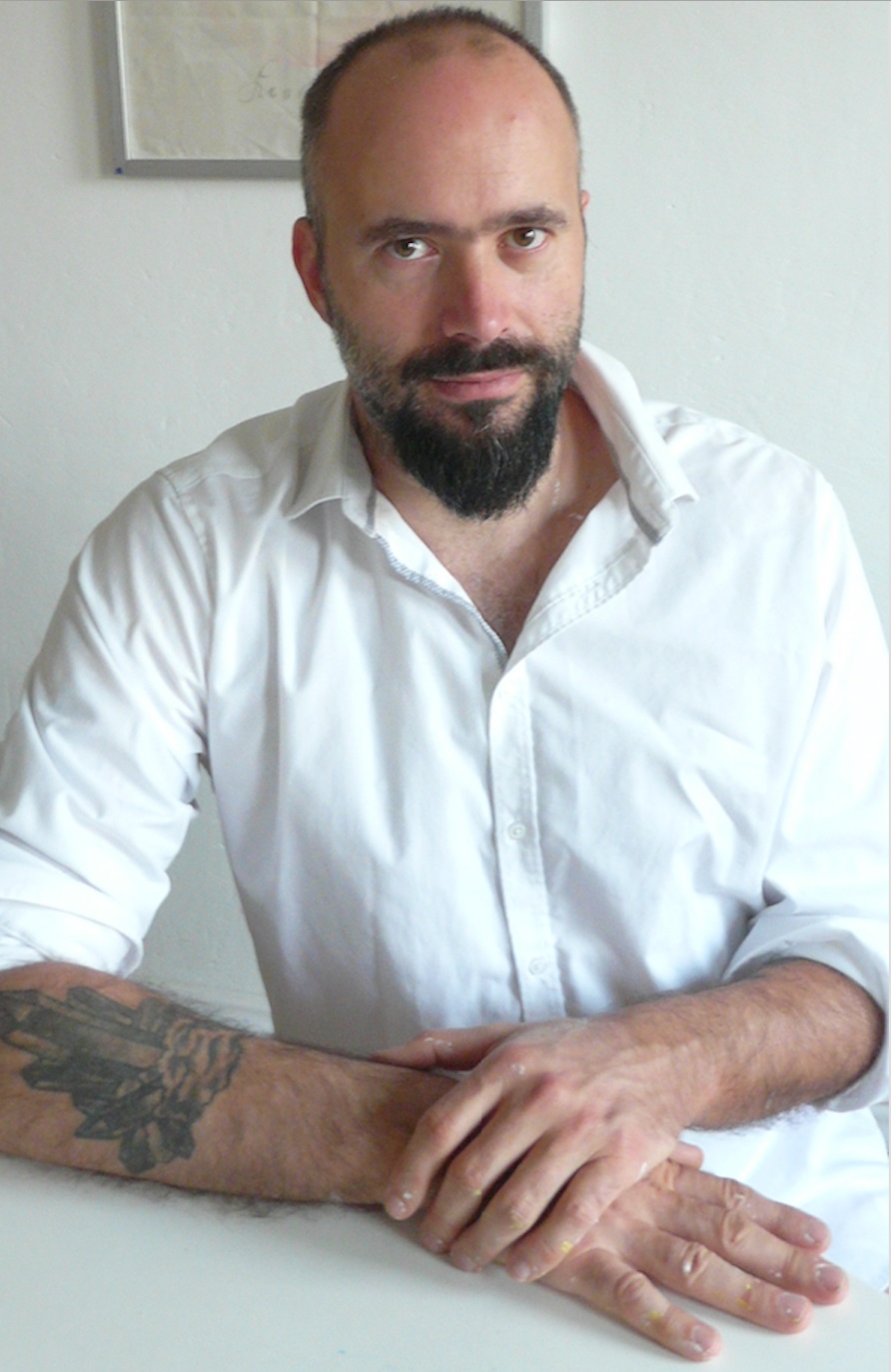
Paule Hammer is a visual artist who lives in Leipzig. He belongs to the younger generation of painters of the New Leipzig School.

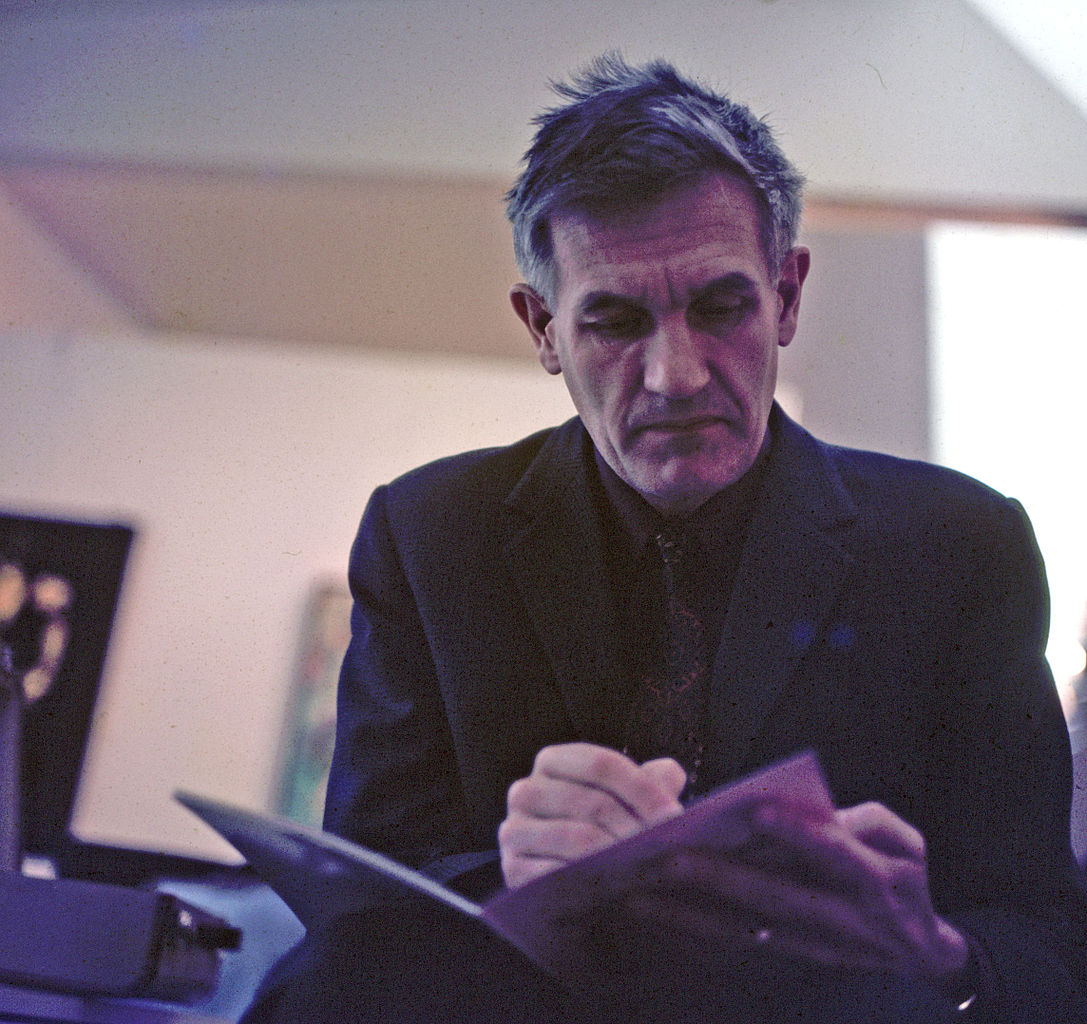
Bernard Schultze was a German painter who co-founded the Quadriga group of artists along with Karl Otto Götz and two other artists.
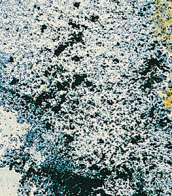
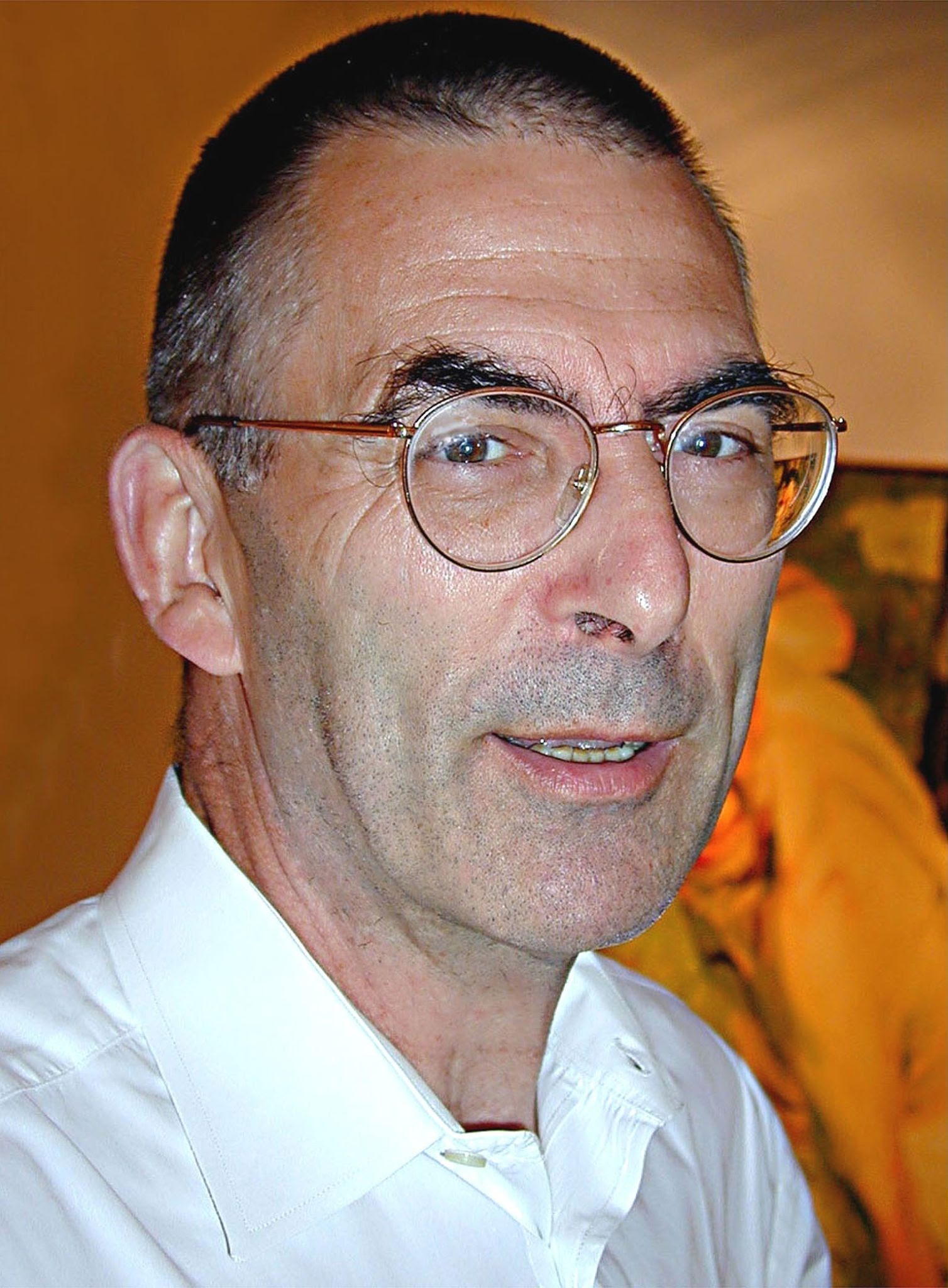
Johannes Michael Wilhelm Grützke was a German painter, draughtsman, graphic artist and medallist.
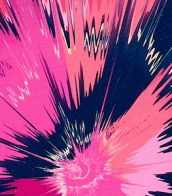
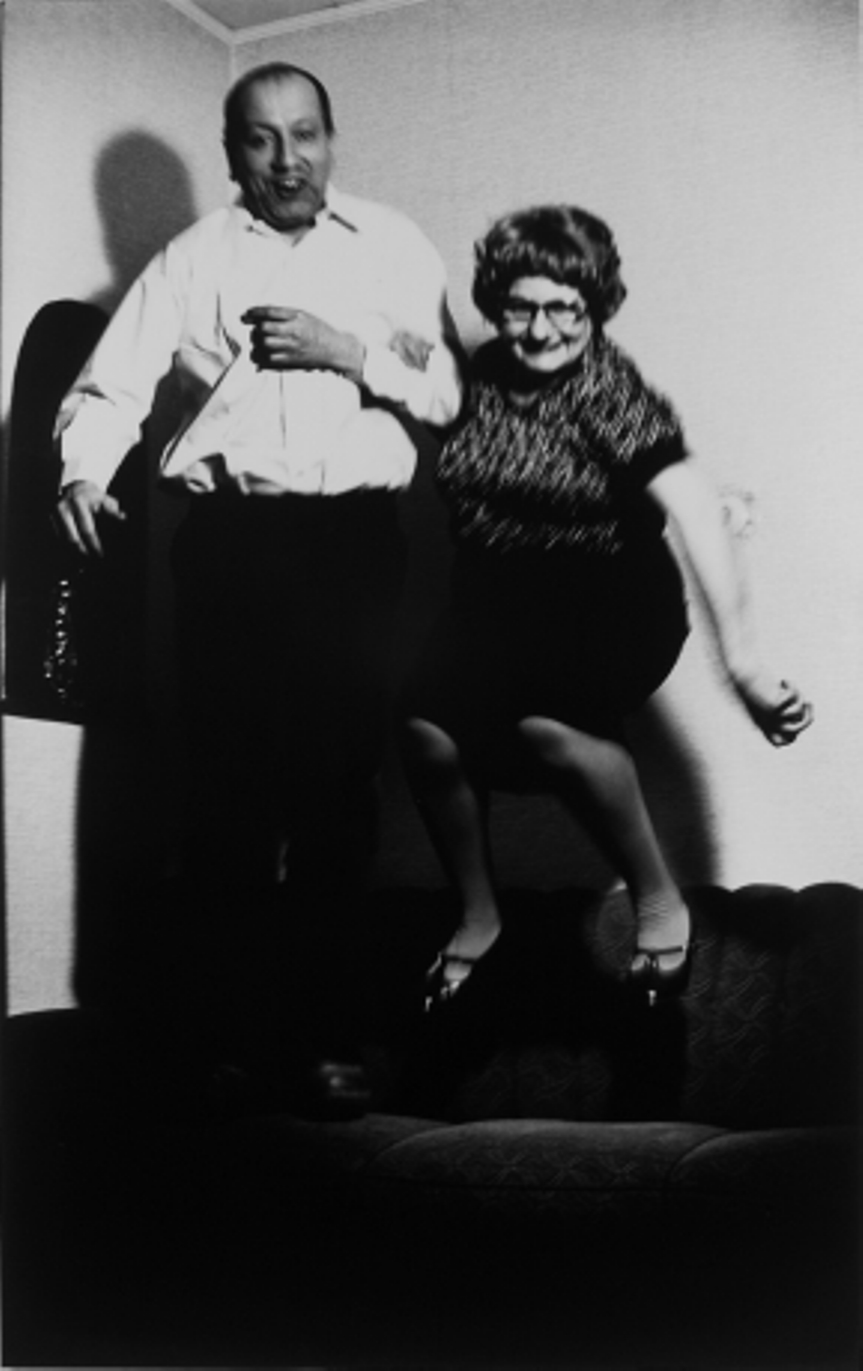
Bernhard Johannes Blume is a German art photographer.
Bernhard Blume and his wife Anna Blume created many staged black and white photographs in which they themselves took part. They are considered among the pioneers of staged photography.
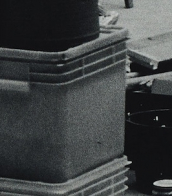
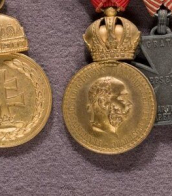
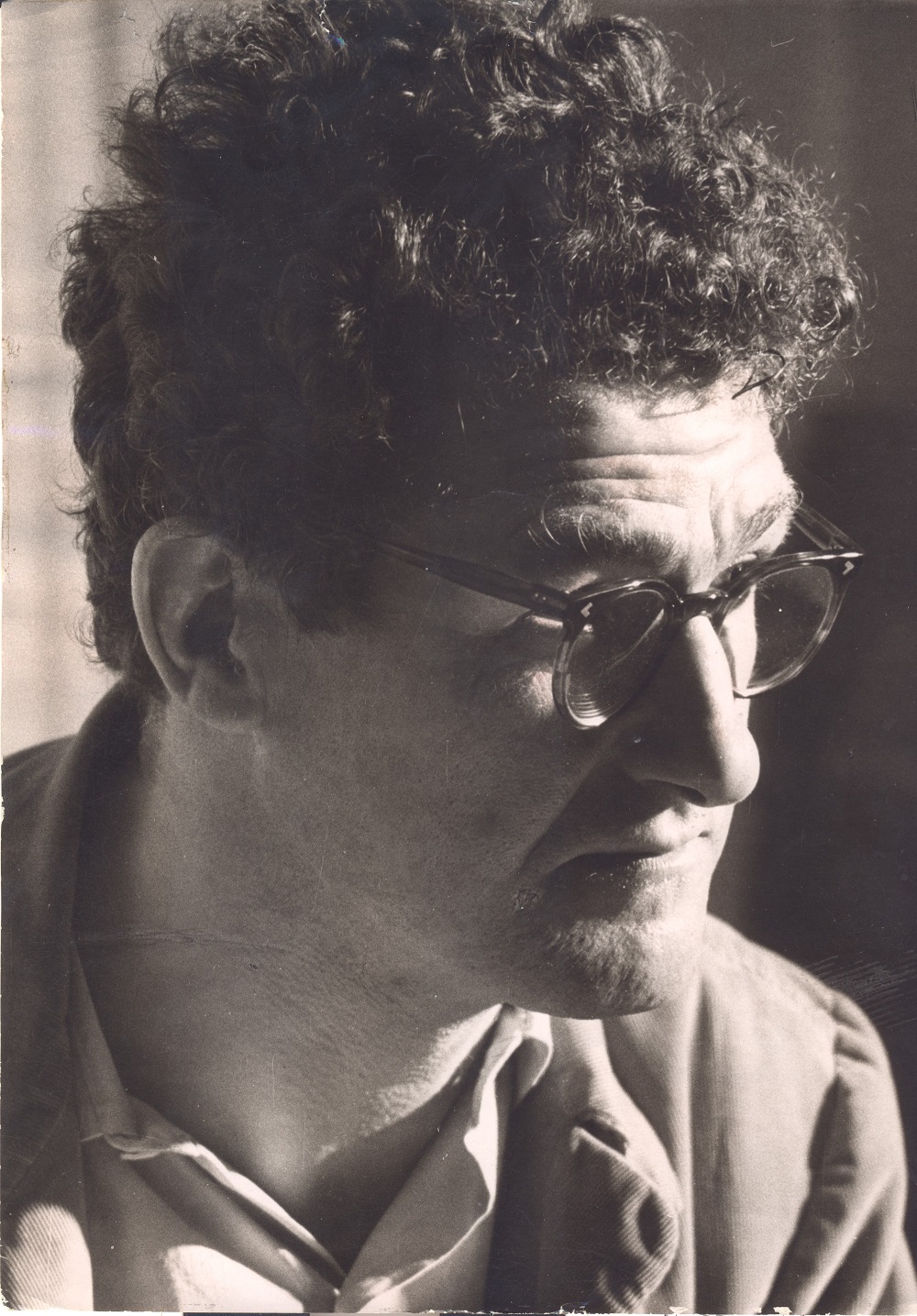
Edvard Frank was a German painter of the "lost generation".
He began his training in 1926 at the Trier School of Crafts and Applied Arts with August Trümper, then studied at the Cologne Werkschulen with Richard Seewald, and moved to the Academy in Berlin to study in Karl Hofer's class. After being called up for military service, he probably injured himself. At the end of the war he evaded another call-up by deserting. At the end of the war he lived in the district town of Birkenfeld in Hunsrück until the mid-1950s. Here he produced a large number of drawings and watercolours, which he was reluctant to give up. After the war he became a co-founder of the Palatinate Secession, and in 1946 a member of the New Darmstadt Secession as well as the Arbeitsgemeinschaft bildender Künstler am Mittelrhein, founded in 1948. He enjoyed increasing success with exhibitions at the Städtische Kunstsammlung Baden-Baden as well as in Hamburg, Lübeck, Berlin, Karlsruhe, Mannheim, Mainz and Kaiserslautern. The Brücke painter Erich Heckel appreciated his work. His estate, which includes personal documents and correspondence as well as sketchbooks and photographs of his works, is preserved in the Landesarchiv Saarbrücken.
Frank's preferred subjects were often erotic and oriented towards classicist motifs.
Edvard Frank was a member of the Deutscher Künstlerbund.
Translated with www.DeepL.com/Translator (free version)
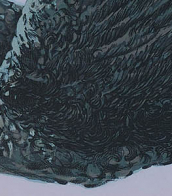
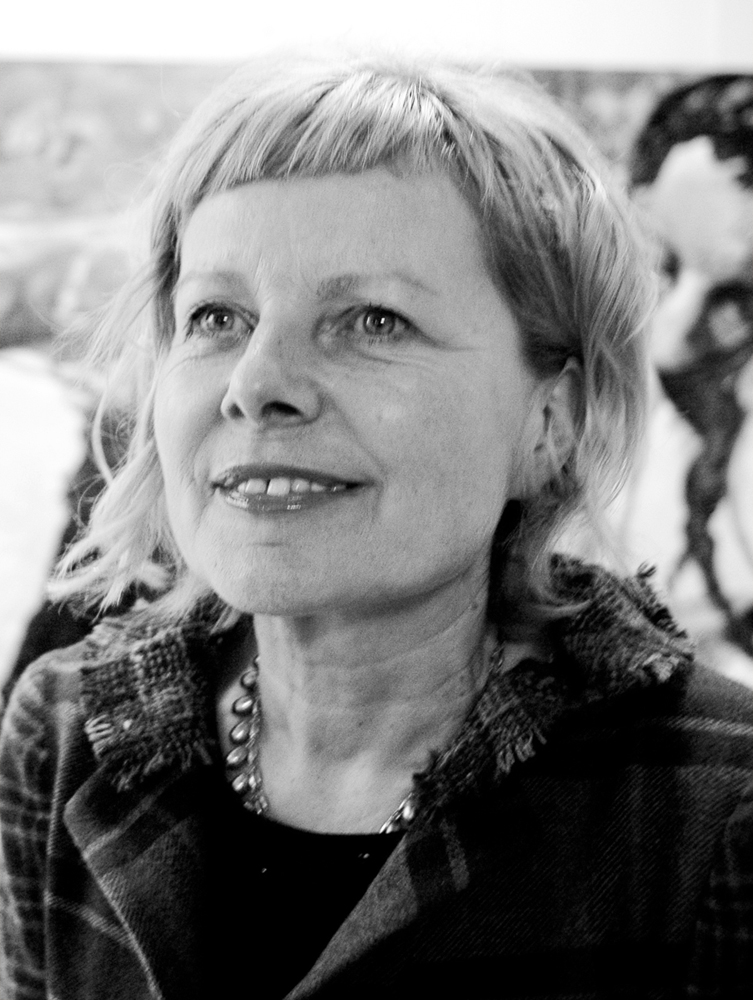
Cornelia Schleime is a German painter, performer, filmmaker and author. She studied painting and graphic arts at the Dresden Academy of Fine Arts before becoming a member of the underground art scene. She was awarded the Hannah Höch Lifetime Achievement Award from the State of Berlin in 2016.
Schleime's painting style is inspired by artists that were a strong influence in her classical studies such as Bacon and Balthus, Monet, Rembrandt, and Van Gogh.
Schleime has focused since the 1990s on figures and large-format portraits. Sources of inspiration are glossy magazines, reproductions of all kinds, but also personal photographs or snapshots found at flea markets. Through the intuitive act of drawing or painting, she turns those she depicts into something creative of her own, projecting them in new roles, symbolically emphasising the poses encountered or highlighting aspects with a touch of fantasy and irony.
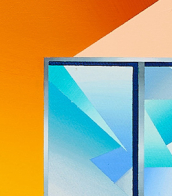
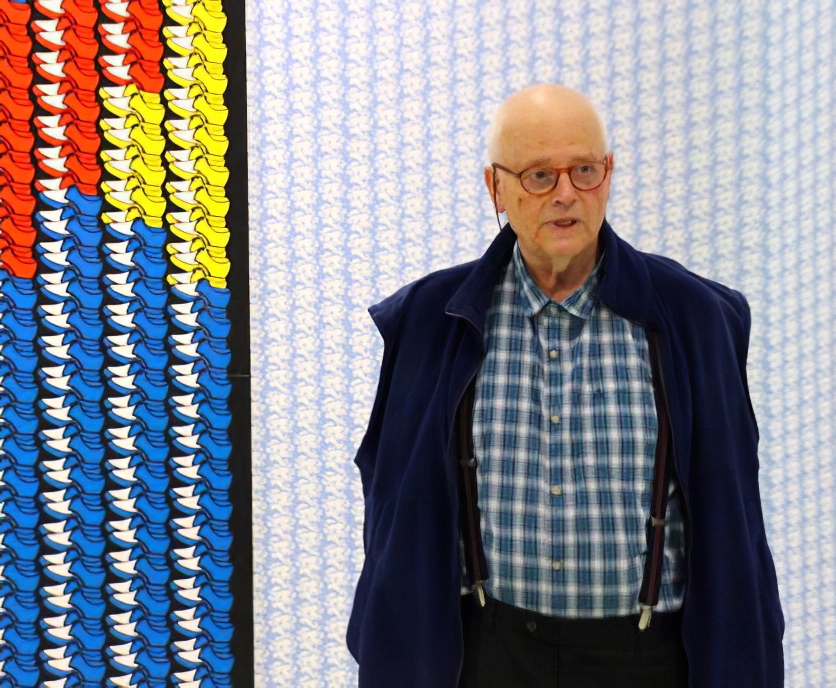
Thomas Bayrle is a contemporary German conceptual artist.

